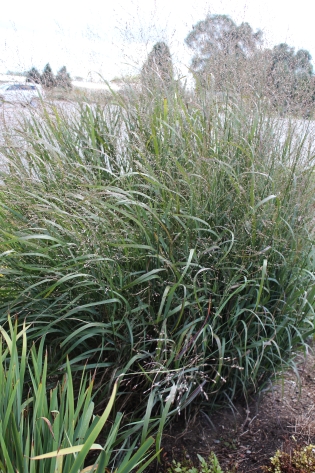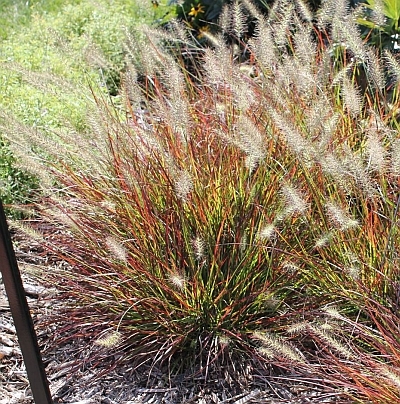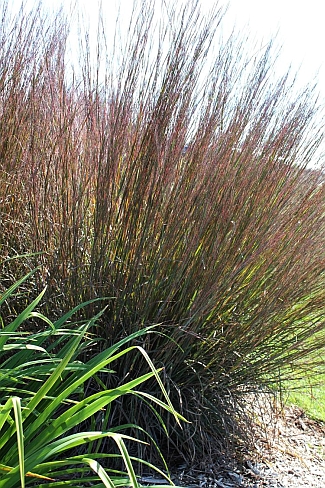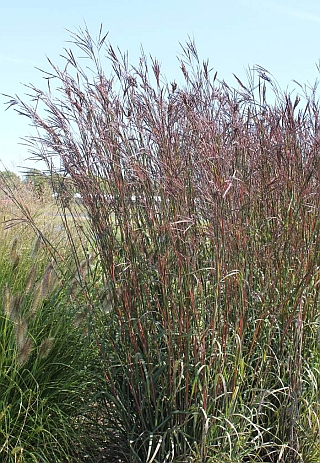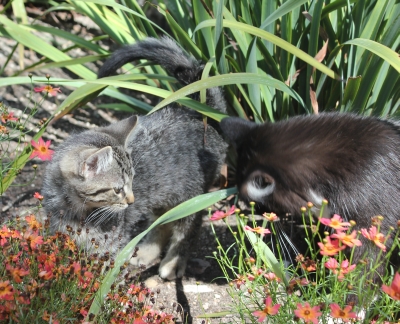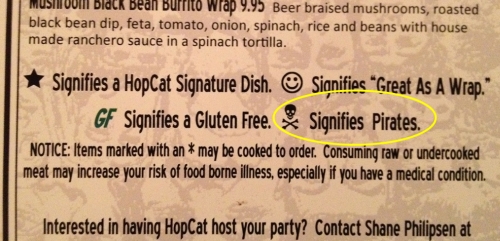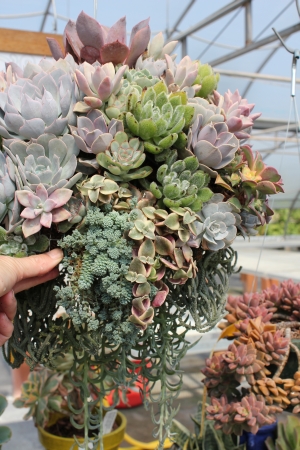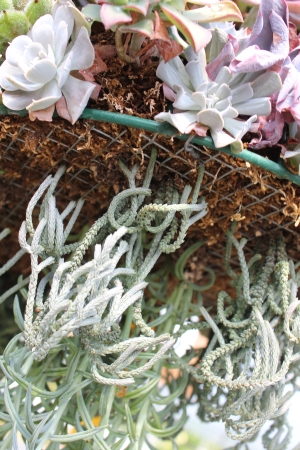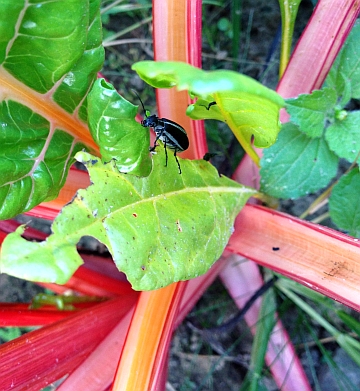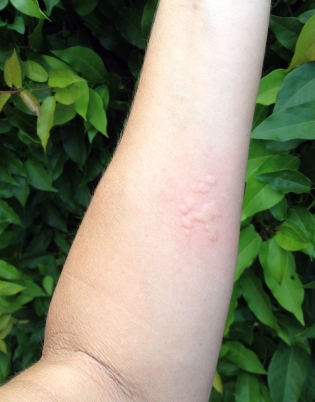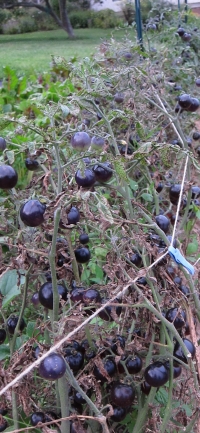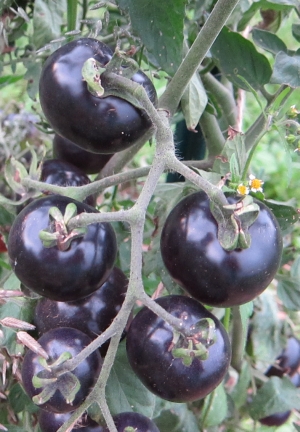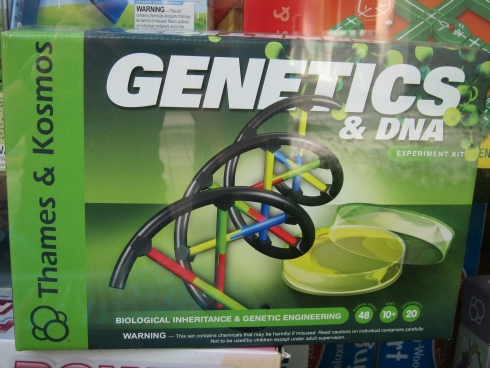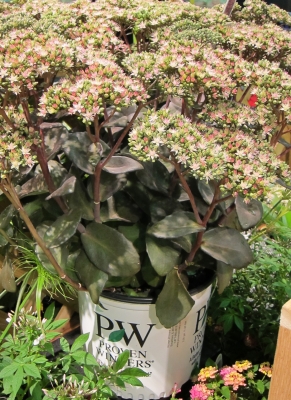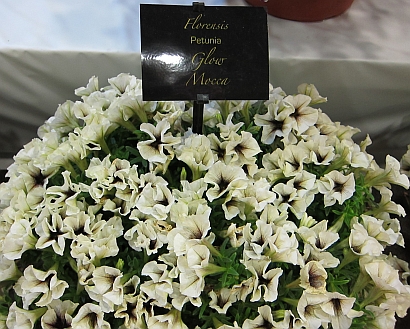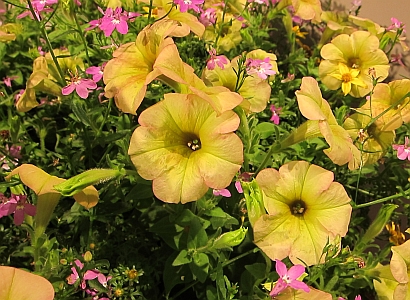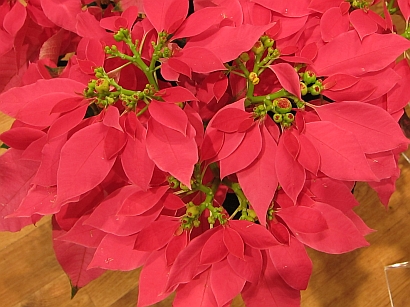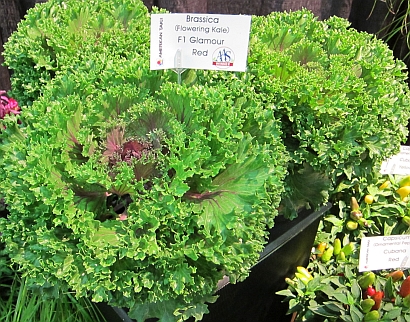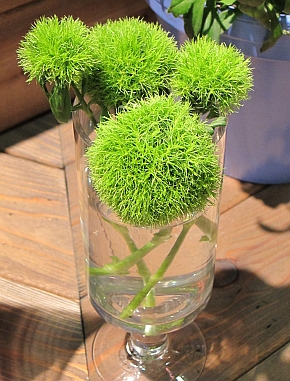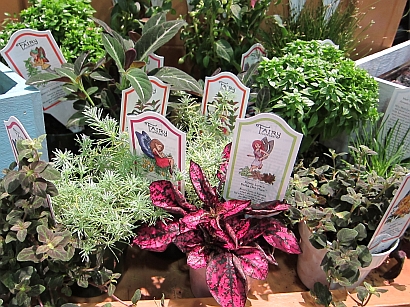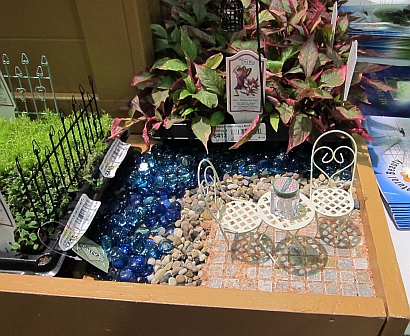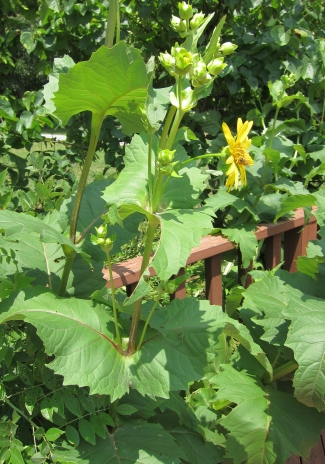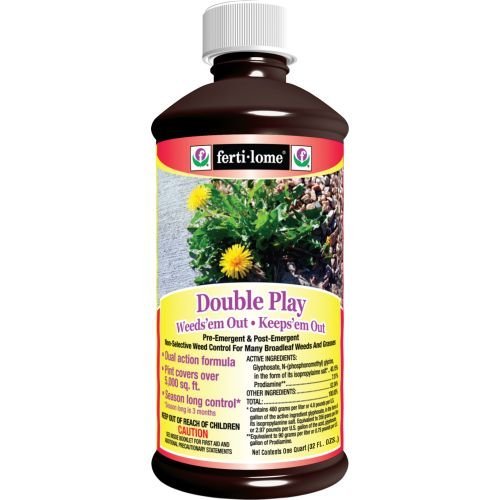Spent last Friday in a departmental faculty retreat – you know, the “vision thing” – S.W.O.T. analysis, where are we going to be in five years, etc. But we actually got some things accomplished. One of the more interesting aspects was discussing trends in horticulture, both popular and practical, and how we could respond. One of the reoccurring themes throughout the day, especially related to urban agricultural/horticulture, was ecosystems services. I’ve heard the term mostly from environmental science and urban forestry folks. But also seems fairly appropriate for us horticulturists, who are constantly trying to explain what, exactly, we do.
The definition offered by the American Institute of Biological Sciences (“Bringing biology to informed decision making”) is pretty good:
“Ecosystem Services are the processes by which the
environment produces resources that we often take for granted such as
clean water, timber, and habitat for fisheries, and pollination of
native and agricultural plants. Whether we find ourselves in the city or
a rural area, the ecosystems in which humans live provide goods and
services that are very familiar to us. [They include:]
- moderate weather extremes and their impacts
- disperse seeds
- mitigate drought and floods
- protect people from the sun’s harmful ultraviolet rays
- cycle and move nutrients
- protect stream and river channels and coastal shores from erosion
- detoxify and decompose wastes
- control agricultural pests
- maintain biodiversity
- generate and preserve soils and renew their fertility
- contribute to climate stability
- purify the air and water
- regulate disease carrying organisms
- pollinate crops and natural vegetation”
Horticulture, as a discipline, touches on so many of these areas.
My question to our readers: does the term ecosystem services mean much to you? Or do you consider it jargon, best kept to grant proposals and impact reports?

